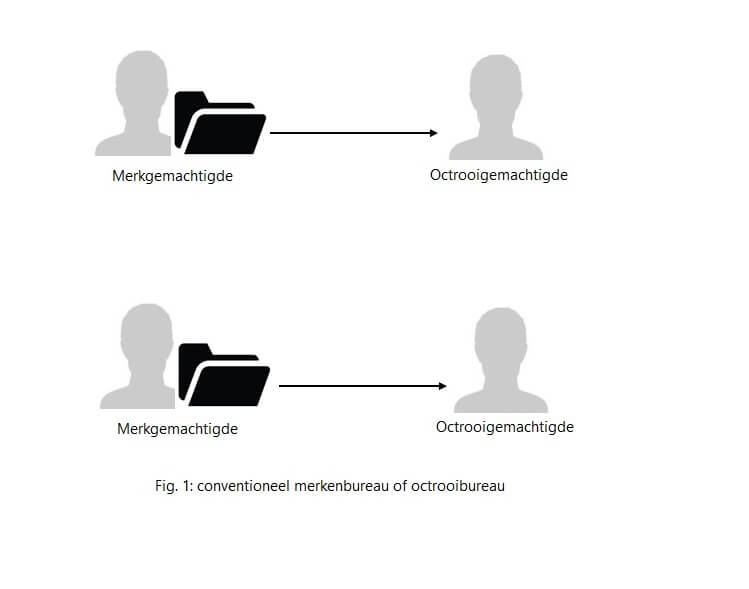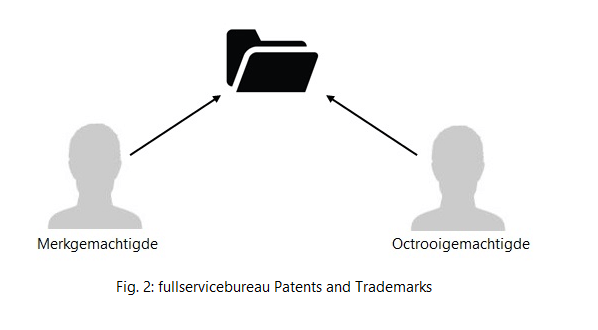Trademark symbols like ® are widely used by companies next to their logo in order to prevent other companies from copying such a mark. However, are these symbols mandatory to use, or are they just optional? And when can companies use these symbols next to their trademark?
The symbols
We like to give you more information in how these symbols are and ought to be used within the European Union (United Kingdom included) as well as the United States.
A brief overview of the symbols is given here below:
- ™ wordt gebruikt voor een merk dat nog niet is geregistreerd.
- ® will be used for a trademark that has been registered.
- ℠ will be used for a service mark that has not yet been registered (United States).
- © will be used to notify that a certain non-audio work is protected by copyright.
- ℗ will be used to notify that a certain audio work is protected by copyright.
™-symbol
The ‘TM’ stands for ‘trademarks’ and this symbol is popular within the United States and Australia, but it does not hold much weight in most countries within the EU. It is mostly used on marks that are not yet been registered as such. Furthermore, this symbol does not poses any legal status within the United States nor the European Union. However, some German courts have determined that this symbol must be used in association with a registered trademark.
®-symbol
This symbol means that the trademark has been registered, as the R in the ® stands for ‘registered’. So the claims that are attached to the ®-symbol are much stronger than the claims that are attached to the ™-symbol. However, it is not mandatory to use the symbol within the European Union, as it does not contain any official legal status. This symbol may only be used when the mark is registered. Throughout most of Europe, the use of the ®-symbol with marks that have not been registered, run the risk of violating the rules on misleading advertisements. So companies need to be assure that their trademark is registered before they decide to use it in their businesses. In contrast to the European Union, trademark owners are required to use the ®-symbol if they want to claim profits or damages in an infringement case within the United States, as the symbol does have an official legal status there.
℠-symbol
This symbol is used for an unregistered service mark, that is used to promote or brand services instead of goods. This mark is generally used within the United States, and rarely seen within the European Union. The ℠-symbol does not contain any legal status within the European Union nor in the United States. If the service mark has been registered, then the ®-symbol is used instead.
©-symbol
This symbol is not associated with trademarks, but with copyright. It means that a certain work is protected by copyright, and may not be copied or used without restrictions. However, trademarks can be protected by copyright as well as intellectual property rights can overlap each other in certain cases. This symbol is not mandatory within the European Union since it is not codified in any EU-law. However, this symbol can be optionally be used in Europe in order to notify third parties of the fact that a certain work is protected by copyright. This symbol can be used to indicate that the author obtains copyright on the particular work within the European Union. However, the ©-symbol was first described by the old Universal Copyright Convention, which indicated that the author has filed a copyright notice for countries that had not acceded to the Berne Convention, like the United States until 1989. Even though this copyright notice is not required in the United States, it still carries evidentiary weight as copyright infringers cannot claim innocent infringement as defence in order to mitigate its damages for works that carry the ©-symbol.
℗-symbol
This symbol is also associated with copyright instead of trademarks. The difference with the ©-symbol is the fact that the ℗-symbol is used for audio works, as the ‘P’ in ℗ stands for ‘phonogram’. These sound recordings have a distinct copyright from that of the underlying work. It was introduced by the Rome Convention for the Protection of Performers, Producers of Phonograms and Broadcasting Organisations. Historically, this symbol was used in order to indicate compliance with the legal formalities in order for phonogram producers or performers to gain copyright protection on their phonograms. Such formalities do not exist within the European Union, as producers of phonograms gain copyright on phonograms from the moment they are produced. That means that the use of this symbol is not mandatory within the European Union. This symbol is not mandatory in the United States in order to gain copyright protection on phonograms. However, it does carry evidentiary weight as copyright infringers cannot claim innocent infringement as defence in order to mitigate its damages for works that carry the ℗-symbol. So it can be recommended to use this symbol on phonographic works in combination with the other legal requirements.
Summarizing
Main points to consider:
- “TM” stands for “trademarks”.
- The ®-symbol has an official legal status in the United States.
- The ℠-symbol is used for an unregistered service mark.
- Het ©-symbool wordt gebruikt voor het auteursrecht.
- The ℗-symbol is used for copyrights, specific for audioworks.
Use the symbols properly. If you doubt about which symbol best matches your trademark or registration, please contact one of our advisors.





